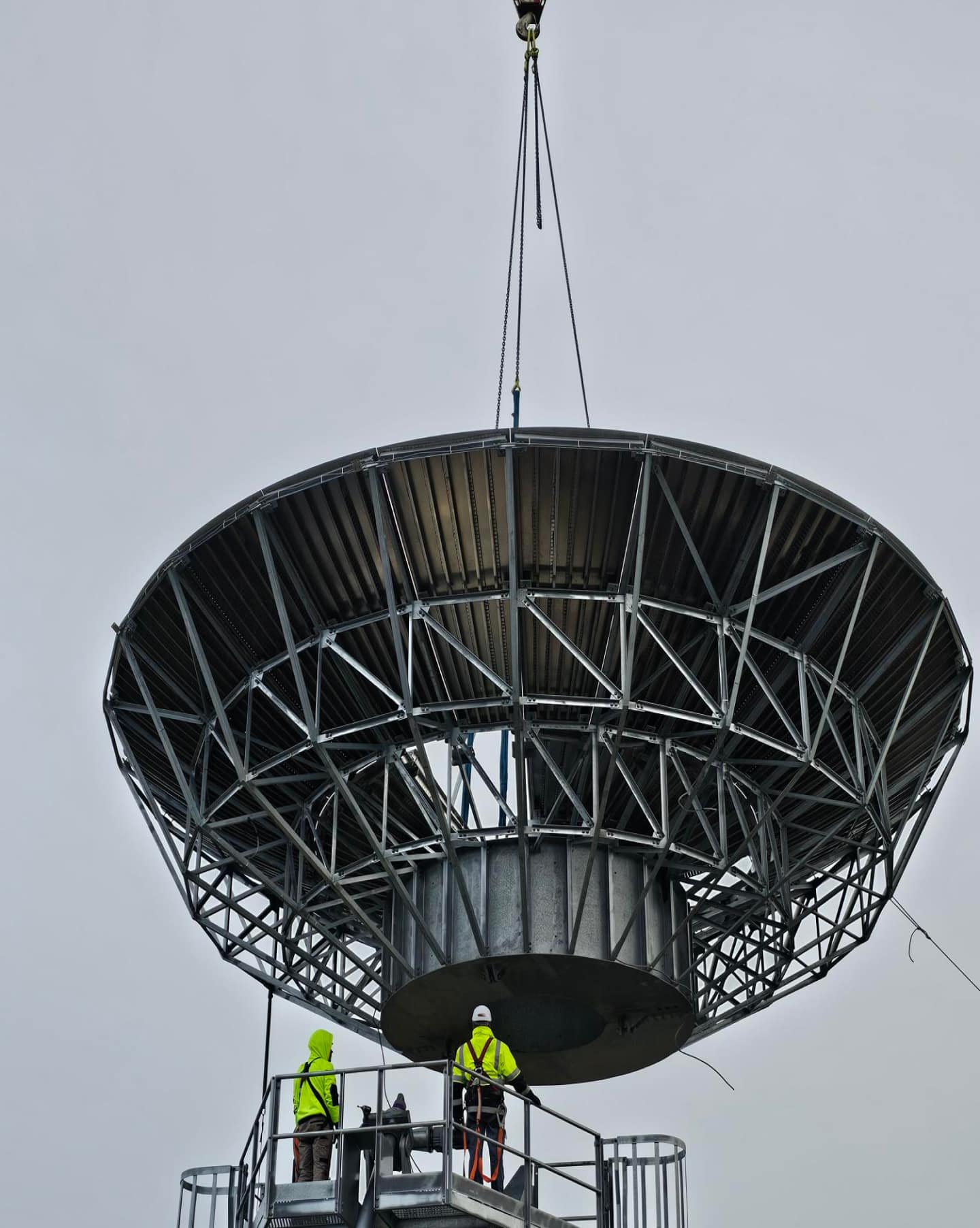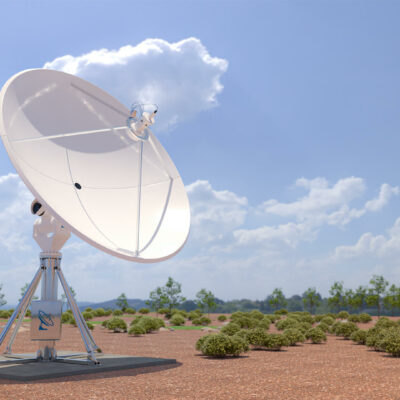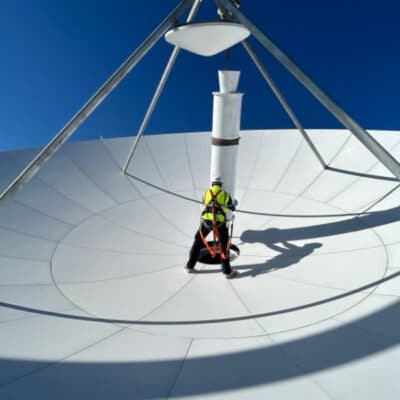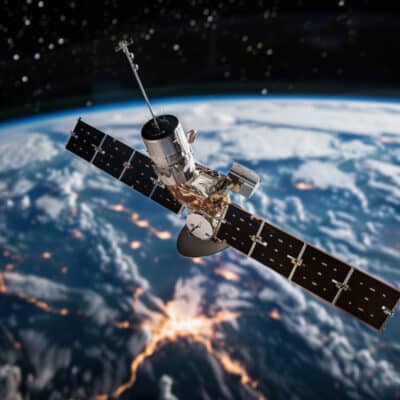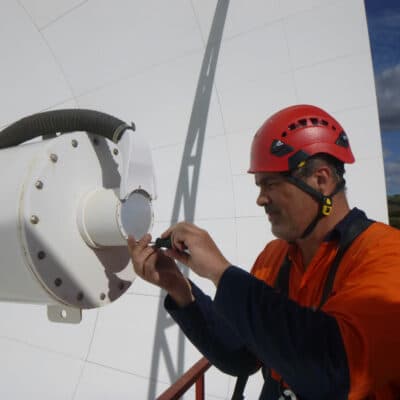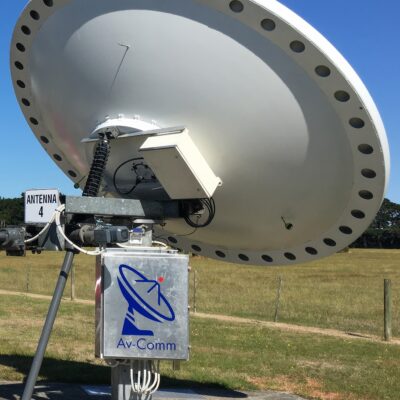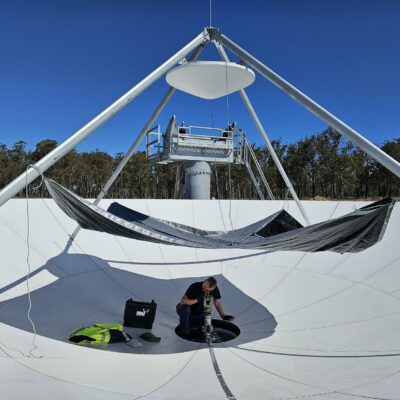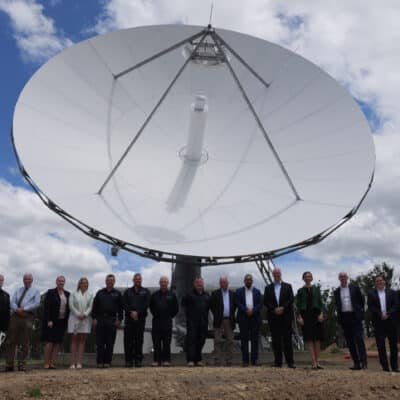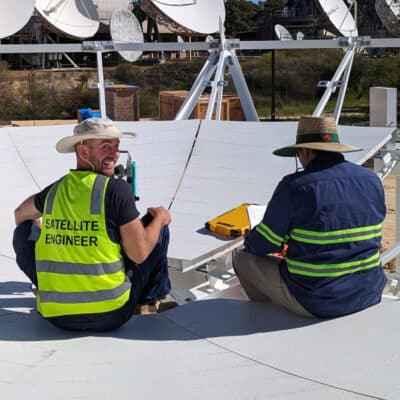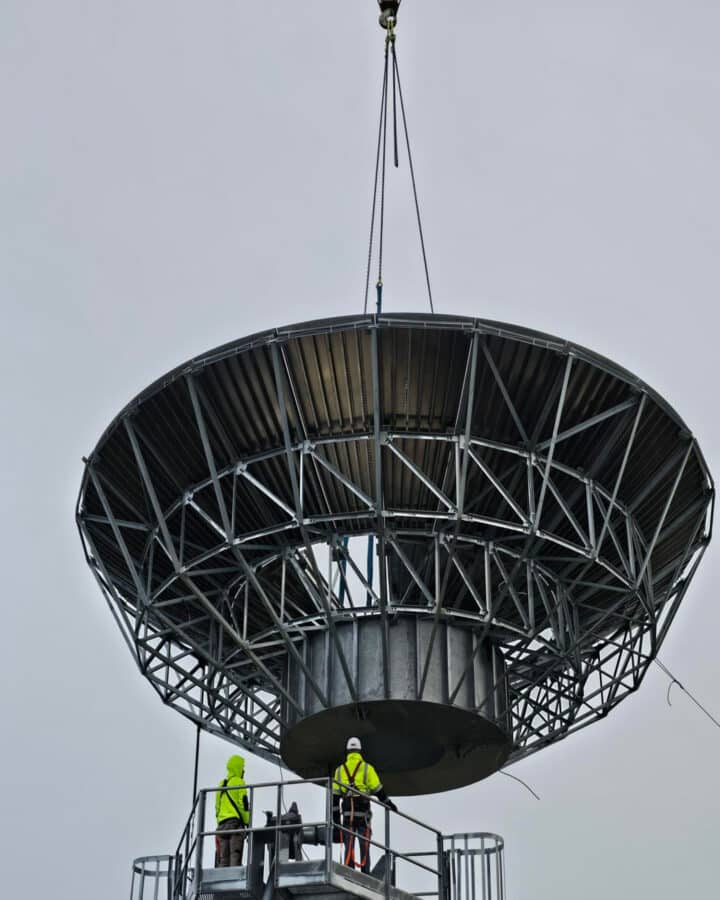Your cart is currently empty!
Earth Day: The importance of Satellites in Climate Modeling
To celebrate this year’s Earth Day, NASA has released a stunning poster compiled of satellite imagery from NASA’s Terra, Aqua, and Landsat missions (see below). This has inspired us to delve deeper into the critical role that satellite communications and ground stations play in climate modeling. By harnessing data from these technologies, we gain invaluable insights into our planet’s changing climate patterns, empowering us to make informed decisions for a sustainable future.Satellite infrastructure helps achieve the following:
- Global Coverage: Satellites provide global coverage, enabling researchers to monitor climate-related parameters such as temperature, humidity, sea surface temperature, sea level, ice coverage, and atmospheric composition across the entire Earth.
- Continuous Monitoring: Satellites offer continuous monitoring of the Earth’s climate system, providing data over long periods. This continuous stream of data is crucial for understanding long-term climate trends and variability.
- Data Accuracy: Satellites provide accurate and consistent data, allowing scientists to monitor changes in the climate system with high precision. This data helps improve the accuracy of climate models.
- Observing Hard-to-Reach Areas: Satellites can observe remote and inaccessible regions such as the polar regions, tropical rainforests, and oceans, providing valuable data for climate modeling that would otherwise be difficult or impossible to obtain.
- Integration with Climate Models: Satellite data is integrated into climate models to improve their accuracy and reliability. By assimilating satellite data into climate models, scientists can validate and refine the models, leading to more accurate predictions of future climate change.
- Understanding Climate Processes: Satellites provide valuable insights into various climate processes, such as the movement of ocean currents, changes in sea ice extent, the distribution of clouds, and the concentration of greenhouse gases in the atmosphere. This data helps scientists better understand the complex interactions within the Earth’s climate system.
Watch this insightful video to find out more about How NASA Satellites Help Model the Future of Climate (youtube.com)
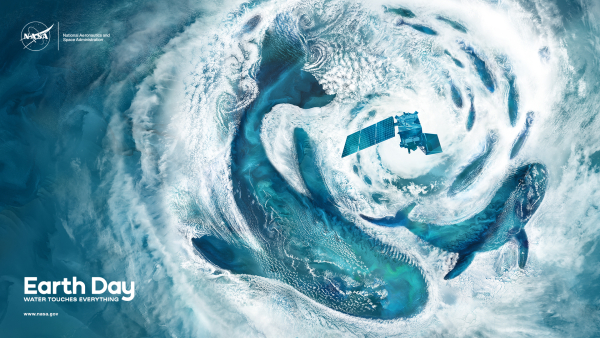
Let us do your dishes for you
Let our team of field-engineers and technicians find innovative and smart solutions to your communications challenges.
